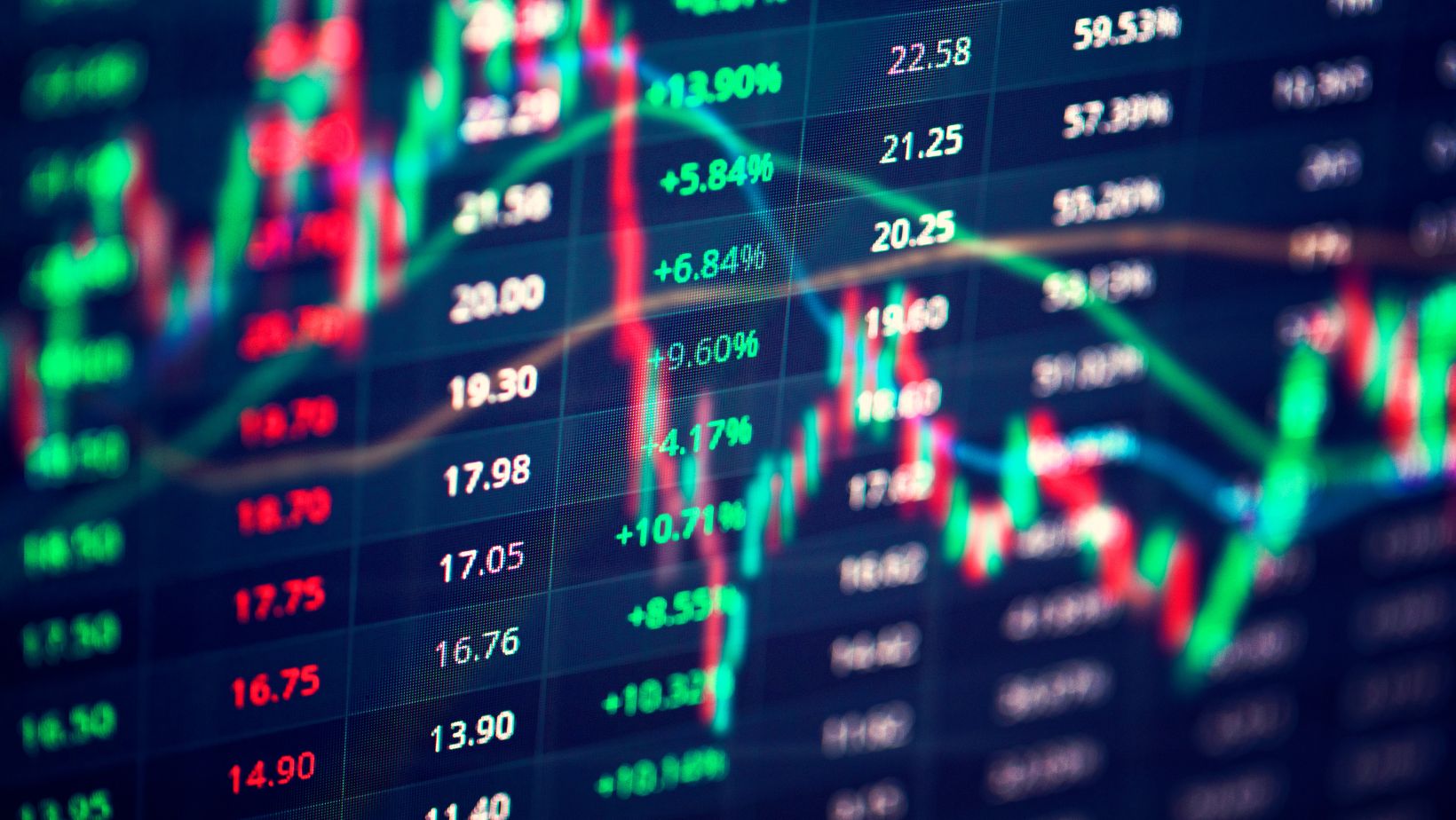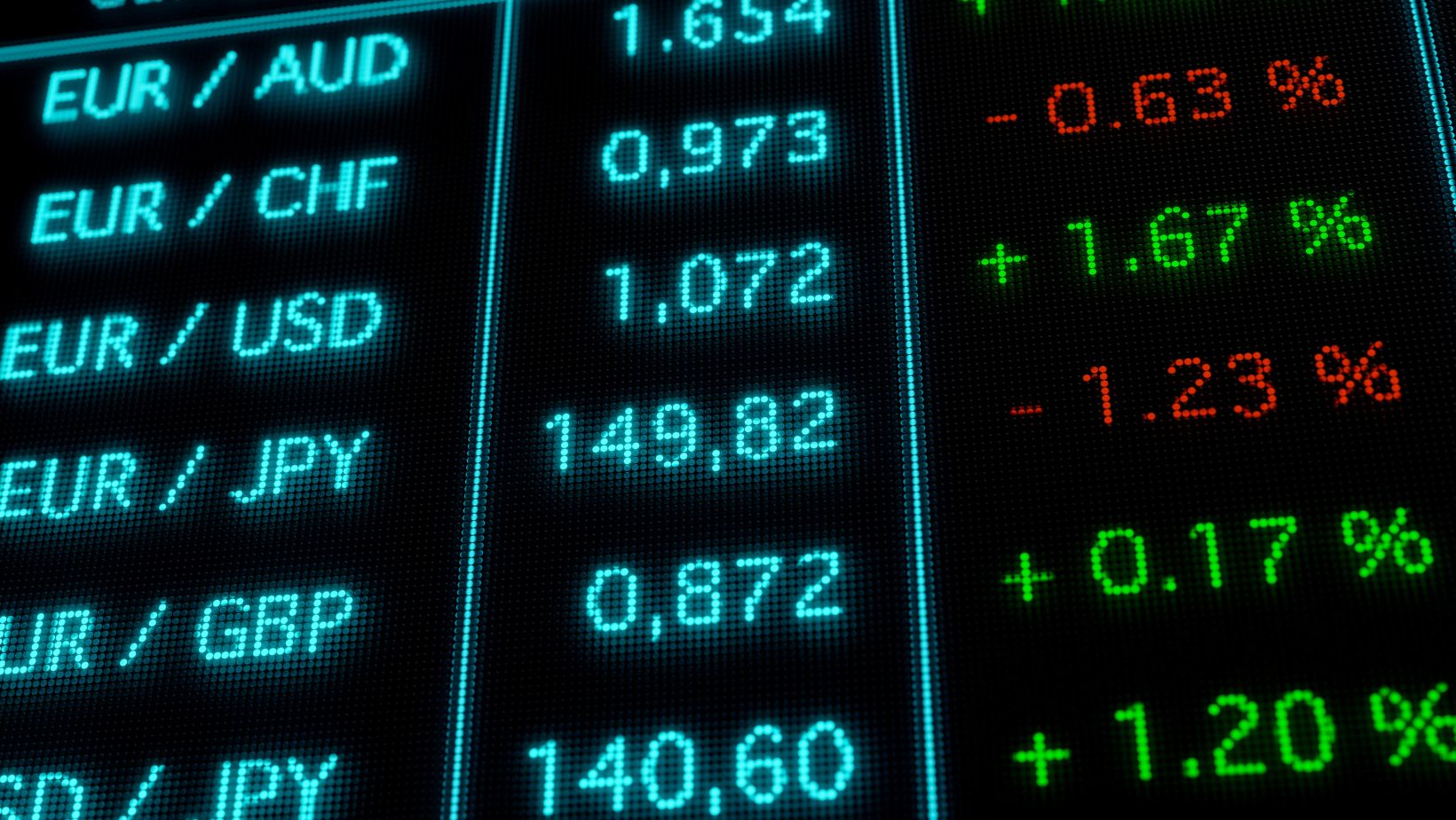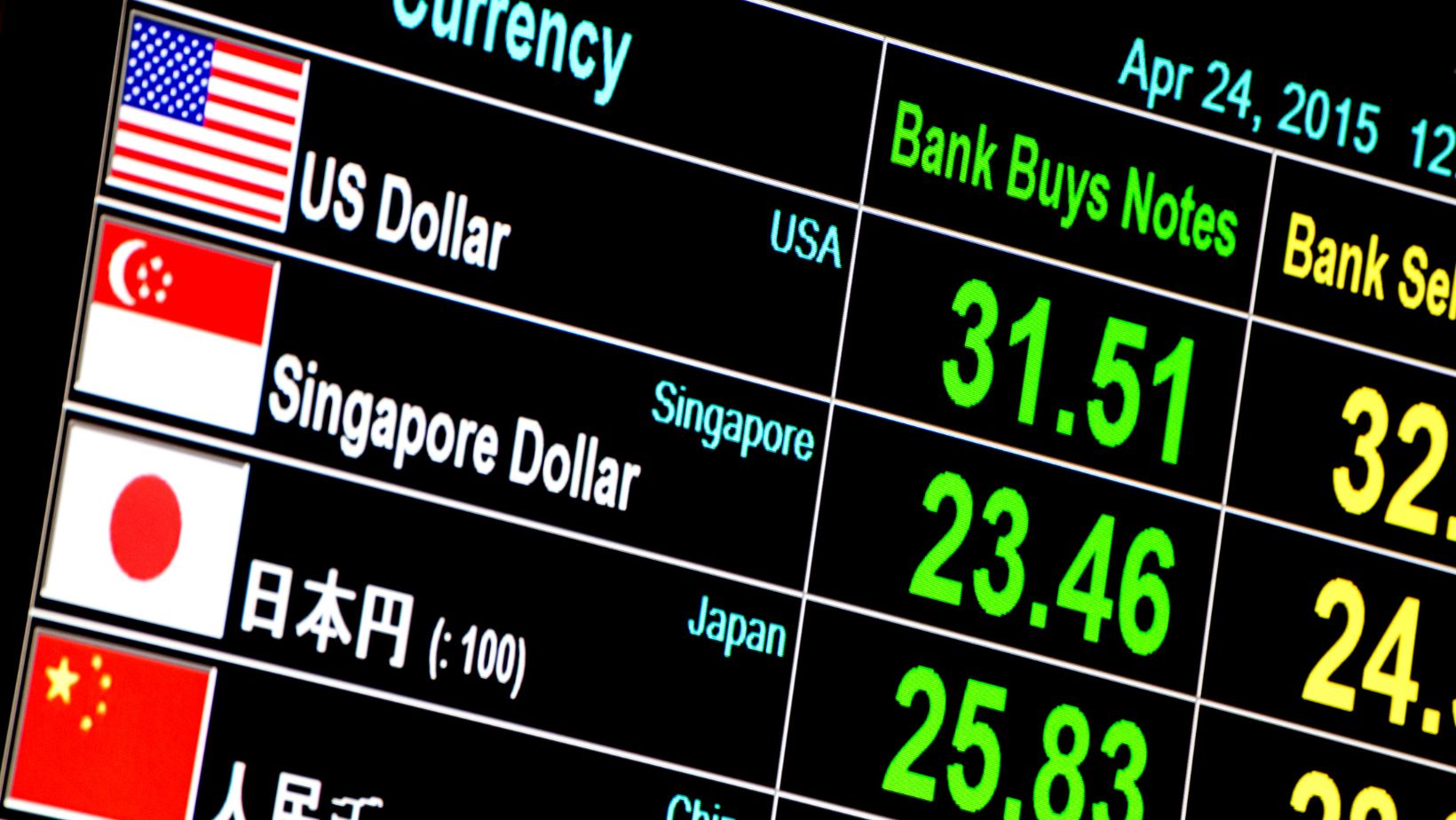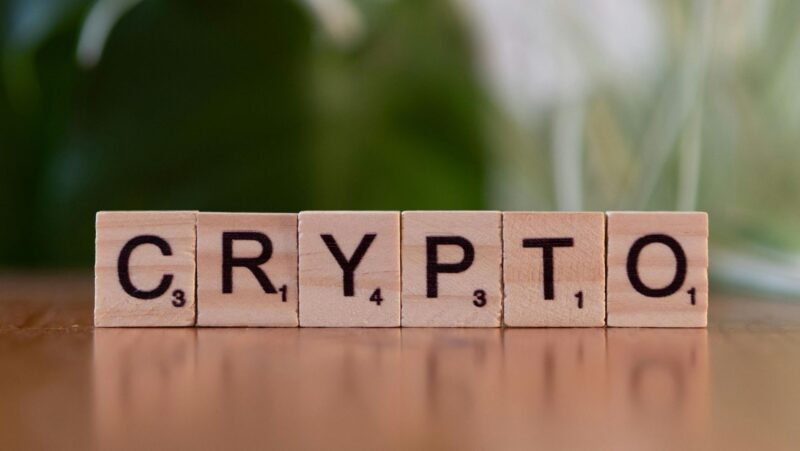The rise of decentralized exchanges, also known as DEXs, is reshaping how traders buy, sell, and interact with cryptocurrencies. Unlike traditional exchanges, which act as intermediaries, DEXs allow users to trade directly from their wallets without relying on a central authority.
Over the years, major exchange collapses, security breaches, and regulatory crackdowns have exposed the risks of entrusting assets to third-party platforms. Billions have been lost due to hacks, mismanagement, and insolvency, leaving traders searching for safer alternatives. DEXs emerged as a solution, enabling users to maintain full custody of their funds while reducing dependence on intermediaries. This is simply more than just a technological advancement. It can be seen as a movement toward financial autonomy, where traders are no longer at the mercy of centralized institutions.
While decentralization offers greater security and control, it also comes with unique challenges. For traders looking to be a participant in this evolving space, understanding how DEXs operate, their advantages, and the latest industry developments is the first step.
Table of Contents
ToggleWhy Traders Are Moving Toward Decentralized Exchanges
Decentralized exchanges have gained popularity because they offer something centralized platforms can’t, the greater control. On a DEX, users retain ownership of their assets at all times, eliminating the risks associated with third-party custody. In an industry where exchange hacks and fund freezes have caused major losses, the ability to trade without handing over control of funds is a game-changer.
Another key advantage is privacy. Unlike centralized platforms that require identity verification, most DEXs operate without KYC requirements. This appeals to traders who value anonymity and want to avoid unnecessary restrictions. Additionally, DEXs run on smart contracts, meaning trades are executed automatically without the need for intermediaries. This reduces the risk of manipulation and ensures that transactions occur exactly as programmed.
With greater financial freedom also comes cost benefits. Many decentralized exchanges have embraced models that reduce fees significantly compared to their centralized counterparts. While some obligated fees still apply, traders are increasingly drawn to platforms that eliminate commissions altogether. Zero commission platforms that offer a transparent fee system are continuing to be the first choice for many newcomers.
Challenges That Traders Face on DEXs
Despite the benefits, decentralized exchanges aren’t without their difficulties. One of the biggest concerns is liquidity. While some top-tier DEXs have strong trading volumes, many smaller platforms struggle with thin order books, leading to higher price slippage. Traders executing large transactions often find that they don’t receive the expected market price, which can significantly impact profitability.
User experience is another issue. Unlike centralized platforms that offer sleek, beginner-friendly interfaces, DEXs can be more complex. The process of connecting a wallet, managing gas fees, and executing trades through smart contracts can be overwhelming for new users. While improvements are being made, decentralized trading still requires a level of technical knowledge that not all investors are comfortable with.
Security remains a double-edged sword. On one hand, DEXs eliminate the risk of exchange hacks because funds remain in users’ wallets. However, smart contract vulnerabilities present another risk. Bugs in the code can be exploited, leading to significant losses if a platform’s security isn’t airtight. Traders need to be cautious, using only well-audited exchanges and staying informed about potential risks before executing trades.
The Latest Trends and Innovations in the DEX Space
As decentralized trading continues to evolve, several innovations are shaping the future of this sector. One of the most notable developments is the integration of layer-2 scaling solutions. High transaction fees have long been a pain point for traders using DEXs, especially on networks like Ethereum. Layer-2 technology is helping to reduce costs and speed up transactions, making decentralized trading more efficient and affordable.
Cross-chain interoperability is another trend gaining traction. Historically, decentralized exchanges have been limited to trading assets within a single blockchain. However, new protocols are enabling seamless swaps across multiple networks, expanding the number of assets available for decentralized trading. This makes it easier for traders to diversify their portfolios without moving funds between different platforms.
Institutional interest in DEXs is also increasing. While decentralized exchanges were initially seen as a niche market for retail traders, larger investors are beginning to recognize their potential. With new regulatory frameworks being discussed and improved security features being implemented, the line between centralized and decentralized trading is becoming increasingly blurred.
Final Thoughts
The world of decentralized exchanges is evolving rapidly, bringing both new opportunities and challenges. Traders are drawn to the autonomy, privacy, and cost benefits that DEXs offer, but liquidity, user experience, and security concerns still require careful consideration. As technology continues to advance, many of these issues are being addressed, making decentralized trading more accessible and efficient than ever before.
Investors looking to maximize their trading potential need to make sure of following the latest developments for DEXs. The shift toward decentralized finance is well underway, and traders who embrace these changes will be at the forefront of this financial revolution.







